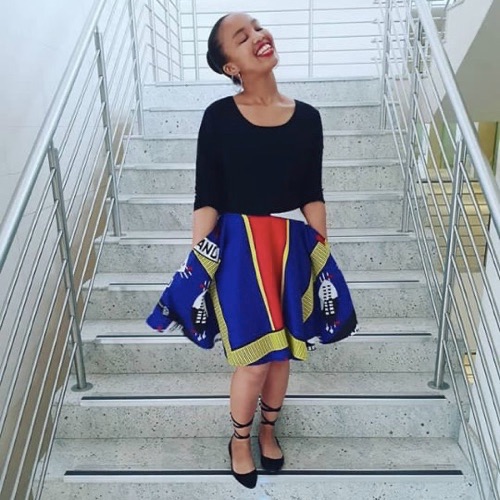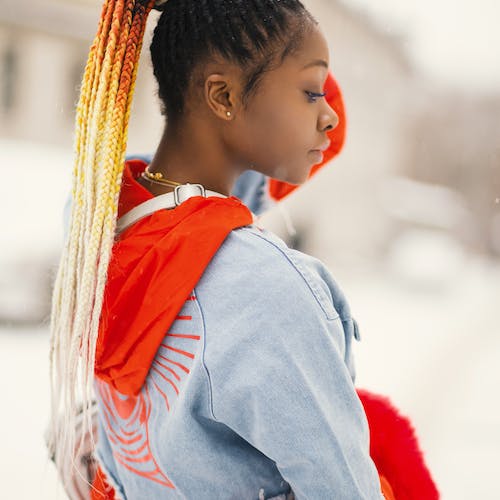Sotho Traditional attire dates back centuries. The wool blanket being the most iconic garment into sotho fashion. A wool blanket was given to King Moshoeshoe I, the founder of Lesotho, in 1860 as a gift. The King cherished the blanket so much that he abandoned his typical leopard-skin kaross for it.
At nearly every major life event, from weddings to the births of children to royal coronations, you’ll see blankets in a wide array of colors and designs. The Basotho tribe blanket is also known as the ‘Seanamarena’ in Sesotho. It is worn in everyday life by herd boys, grannies, and even teenagers to keep warm. Explore dresses below👇🏾
Types of Sotho Traditional Attire
The Basotho people have a distinct traditional clothing. The mokorotlo is a conical hat with a decorated knob on the top. Men and women wear it in different ways.
The Basotho blanket, which is made of wool, is typically draped over the shoulders or waist to keep the wearer warm. Although many Sotho people wear modern clothing, traditional attire is frequently worn over them.
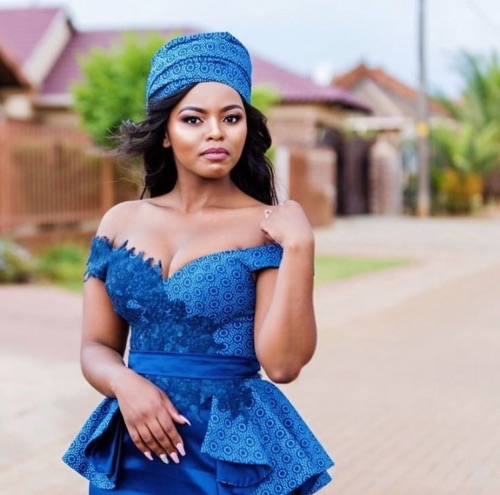
In farming
Many rural Basotho dress in clothing that is appropriate to their way of life. Boys who herd cattle in the Free State and Lesotho’s rural areas wear the Basotho blanket and gumboots as protection from the damp mountain environment. Herd boys also often wear woolen balaclavas or caps year-round to protect their faces from the elements.
Women’s Sesotho Traditional Dresses
Basotho women often don brightly colored skirts or sesotho traditional dresses with patterns, as well as the customary blankets around the waist. For special occasions such as weddings, they wear the Seshoeshoe, a traditional Basotho dress.
The sesotho traditional dresses are made using brightly colored fabric and ribbon accents bordering each layer. Sotho women often purchase this material and have it designed in a style similar to West African and East African dresses.
A wrap is a long cloth or small blanket that women often wear around their waist, which can act as an extra layer of clothing or be used to carry infants on their backs.
Classic Dresses
Below you’ll find pictures of an array of modern classy Sesotho traditional dresses. Many of which will contain wool blankets, an integral part of sotho traditional attire.
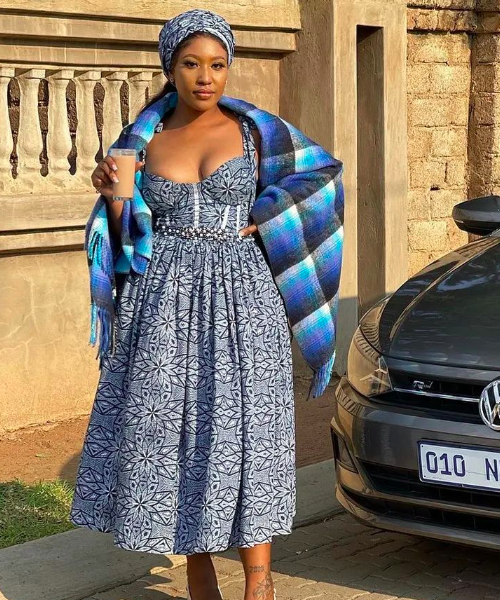

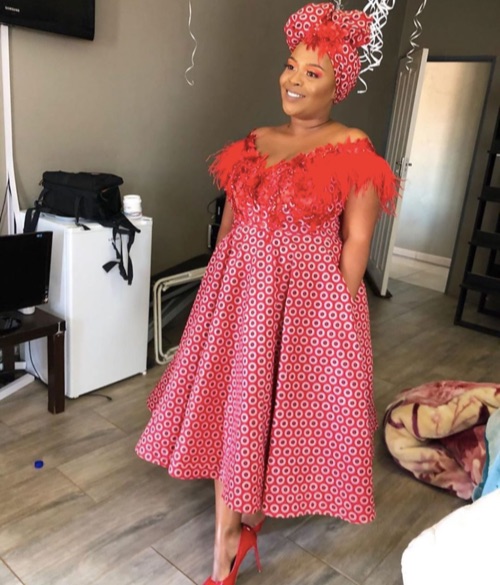
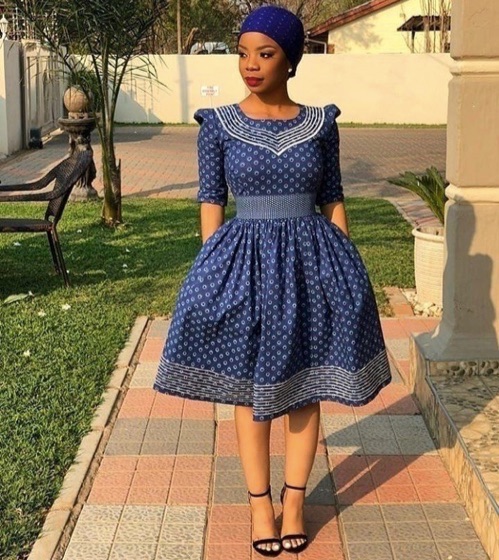
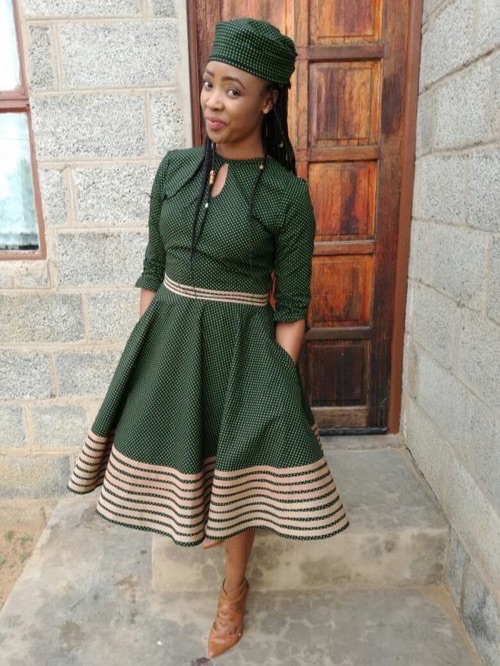
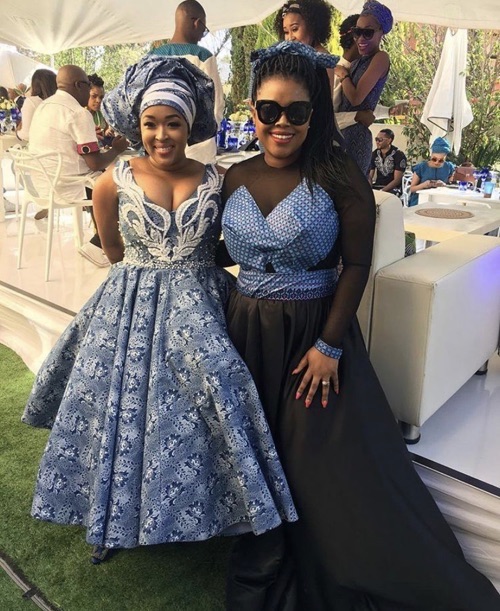
Sotho Wedding Dresses
Below you’ll find an assortment of beautiful Sotho wedding dresses. These wedding dresses can be worn in a variety of different occasions, from very formal weddings to more casual ceremonies.
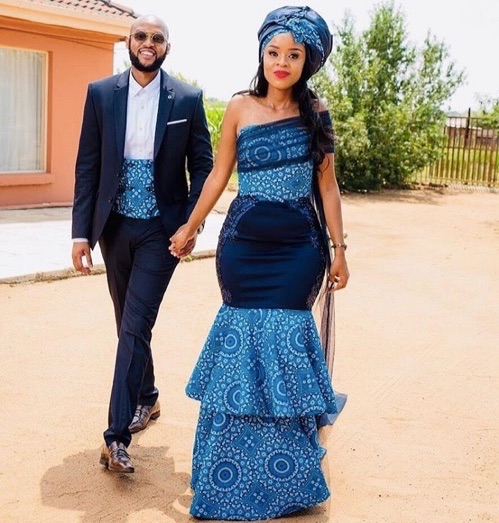
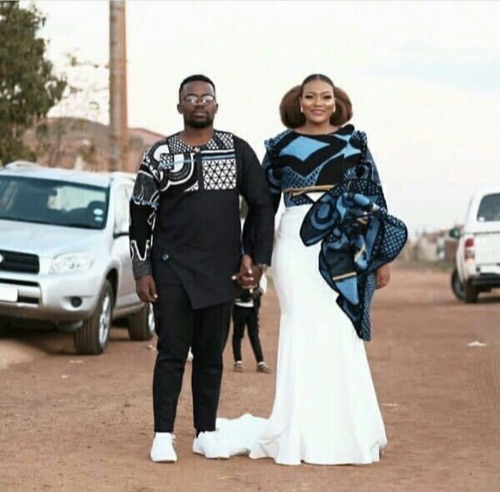
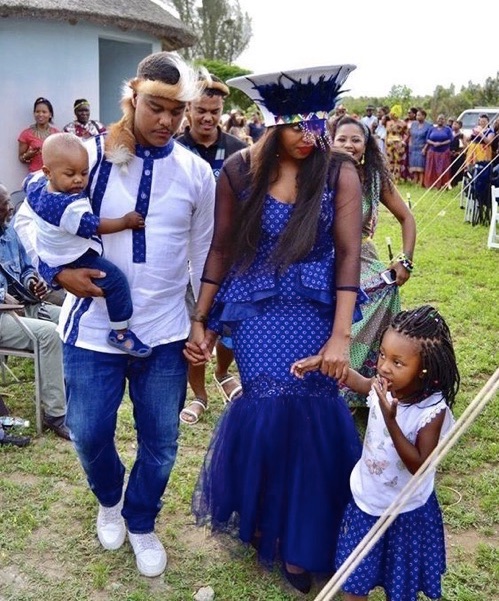
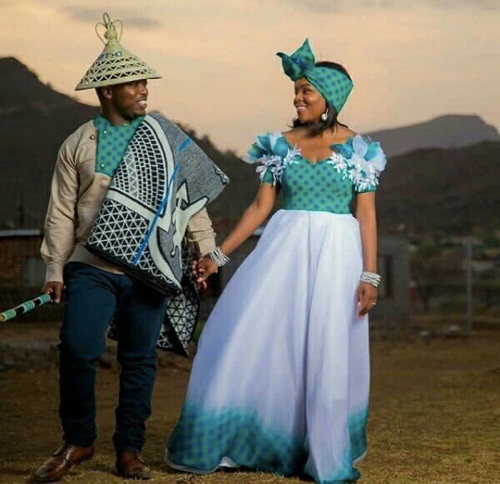
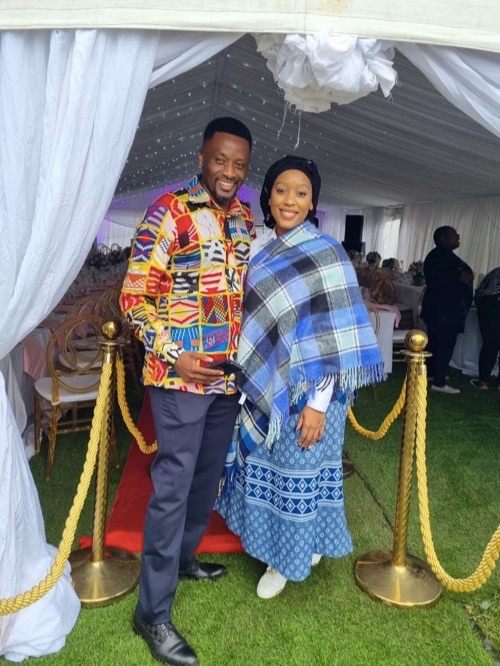

Sotho Ethnography
Let’s explore the Sotho ethnography. This involves taking a deep dive into the people, culture and customs of the Basotho.
Sotho History
The Sotho people, also called the Basuto or Basotho, are a Bantu nation in southern Africa. They have lived in the region of Lesotho, South Africa since around 500 CE.
The Bantu-speaking peoples settled in what is now South Africa by approximately 500 CE. The separation from the Tswana people is believed to have occurred by the 14th century. The first historical references to the Basotho people date back to the 19th century.
A series of Basotho kingdoms previously covered the southern part of the plateau (Free State Province and parts of Gauteng). Each Basotho Chiefdom was ruled by a kraal, or an extended clan. The loose confederations were united under one banner.
19th Century
In the 1820s, refugees from the Zulu expansion under Shaka came into contact with people of the same ethnicity who were residing on the highveld. In 1823, pressure forced one group of Basotho, called Kololo, to migrate north.
The Kololo moved past the Okavango Swamp and across the Zambezi into Barotseland, which is now part of Zambia. In 1845, they conquered Barotseland.
Boers began to encroach on Basotho territory at roughly the same time. After the Cape Colony was ceded to Britain following the Napoleonic Wars, farmers who chose to leave the former Dutch colony were called voortrekkers and moved inland where they eventually founded independent polities.
At the time of these developments, Moshoeshoe I had gained control of the Basotho kingdoms in the southern highveld. He was universally praised as a skilled diplomat and strategist. Moshoeshoe managed to mould the disparate refugee groups fleeing from the Difaqane into a cohesive nation.
The king responded to the difficulties that destroyed other indigenous South African kingdoms in the nineteenth century, such as the Zulu Mfecane and Voortrekker inward expansion, by leading his people to freedom.
In 1822, Moshoeshoe moved his capital to Butha-Buthe, a small mountain that was easy to defend, which would eventually become the Kingdom of Lesotho. 10 years later, he moved the capital again to Thaba Bosiu.
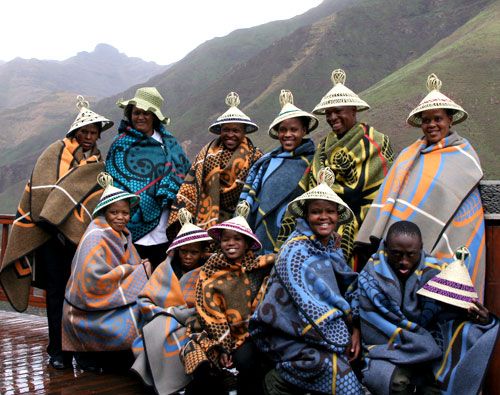
Boer Encroachment
To combat the encroaching Voortrekker groups, Moshoeshoe encouraged French missionary activity in his kingdom. Missionaries sent by the Paris Evangelical Missionary Society gave the King foreign policy advice and aided in the procurement of modern weapons.
Aside from acting as state ministers, missionaries played a vital role in delineating Sesotho orthography and printing Sesotho language materials between 1837 and 1855. The first Sesotho translation of the Bible appeared in 1878.
After the Boers took over the western lowlands during the Free State-Basotho Wars in 1868, Moshoeshoe appealed to Queen Victoria to make Basutoland a protectorate of Britain. As such, British administration was set up in Maseru, which is Lesotho’s current capital city.
British Influence
Internal affairs were controlled by the village chiefs. Britain was in charge of international issues and the protection of the protectorate.
The British government sponsored a procedure to define the Basotho kingdom’s borders in 1869. While many families had territories within the Basotho kingdom, there were a large number of Sesotho speakers who lived within the Orange Free State. This was a sovereign voortrekker republic that bordered on the Basotho kingdom.
The Orange Free State, and later the Republic of South Africa, tried to absorb part or all of Basutoland on several occasions, but Britain’s protection prevented them from doing so. In 1966, Britain granted Lesotho independence, making it the Kingdom of Lesotho.
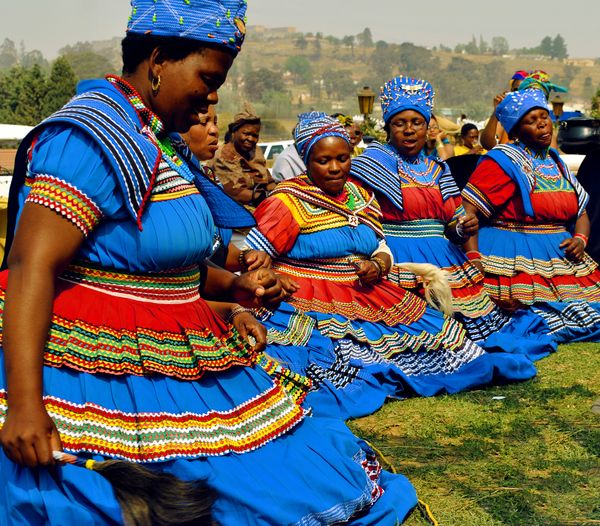
The Apartheid Era and Beyond
The apartheid government’s efforts to drive Sesotho speakers into designated homelands had little impact on their settlement patterns. Large numbers of people continued to migrate from the Black area’s traditional areas.
Women were drawn to employment as agricultural or domestic laborers, whereas men tended to work in the mining sector.
The Basotho people mainly come from the Free State province in South Africa and neighboring Lesotho. However, both of these areas are rural and have widespread poverty.
Sesotho speakers who live in poverty have it difficult, but those with land and a job may fare better. Farming is common among landowners, yet overgrazing and poor land management are growing issues.
Sotho Language
Sesotho, less commonly known as Sesotho sa borwa, is the language of the Basotho. Some texts may refer to Sesotho as “Southern Sotho” to differentiate it from Northern Sotho (also called Sepedi).
The language is spoken by 1.5 million people in Lesotho, or 85% of the population. It is one of the two official languages there. It is one of the two official languages in Lesotho, the other being English. With 59 percent of adults literate in Sesotho, Lesotho boasts one of Africa’s highest literacy rates.
Sesotho, which is spoken by over 4 million people in South Africa, including 62 percent of the population of the Free State, is one of the country’s eleven official languages. According to the South African National Census of 2011.
It is spoken by approximately 13.1% of the people in Gauteng as a first language. In the North West Province, 5 percent of the population speaks Sesotho as a first language, with a concentration of speakers in Maboloka.
The language is also spoken in South Africa’s Western Cape, where two percent of the population speak it as a first language. With many users living in Standerton, Sesotho is spoken there by two percent of Mpumalanga’s people. In the Eastern Cape, two percent of the population speaks Sesotho as a first language, with most speakers residing in the north portion of the province.
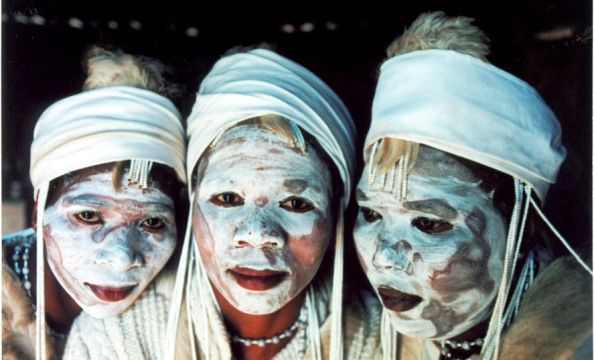
Sotho Religion
The Christian missionaries who assisted Moshoeshoe I in securing his kingdom played a vital role in converting most Basothos to Christianity. Today, the majority of Sesotho speakers adhere to a hybrid religion that combines traditional Christian teachi
Modimo (“God”) is seen as a supreme being who cannot be approached by mortals. Ancestors are viewed as intercessors between Modimo and the living, and their favor must be cultivated through worship and reverence. Officially, the majority of Lesotho’s population practices Catholicism.
Sotho Customs
For special occasions such as initiation rites and traditional healing ceremonies, people often wear specific clothing. For example, girls attending a Lebollo la basadi ceremony (a girl’s coming of age celebration) wear thethana waist wraps.
These beautiful beaded garments cover the wearer’s waist area, including the crotch and part of the buttocks. Virgin girls and women, in particular, wear grey blankets and goatskin skirts.
Boys wear a loincloth called a tsha, as well as colorful blankets, for a Lebollo la banna, or a boy’s initiation ceremony. These traditional costumes are frequently worn with modern pieces like sunglasses.
Traditional Sotho healers wear a bandolier, which is made of leather, tendon, or beads and resembles a cross on the chest. The bandolier usually has pouches for potions connected to it for specific rituals or physical/spiritual protection.
The San people are believed to have adopted the bandolier attire from the Basotho people during a time when they were trading and developing relationships through marriage and friendship. This can be seen in their rock paintings that date back to the 1700s.

